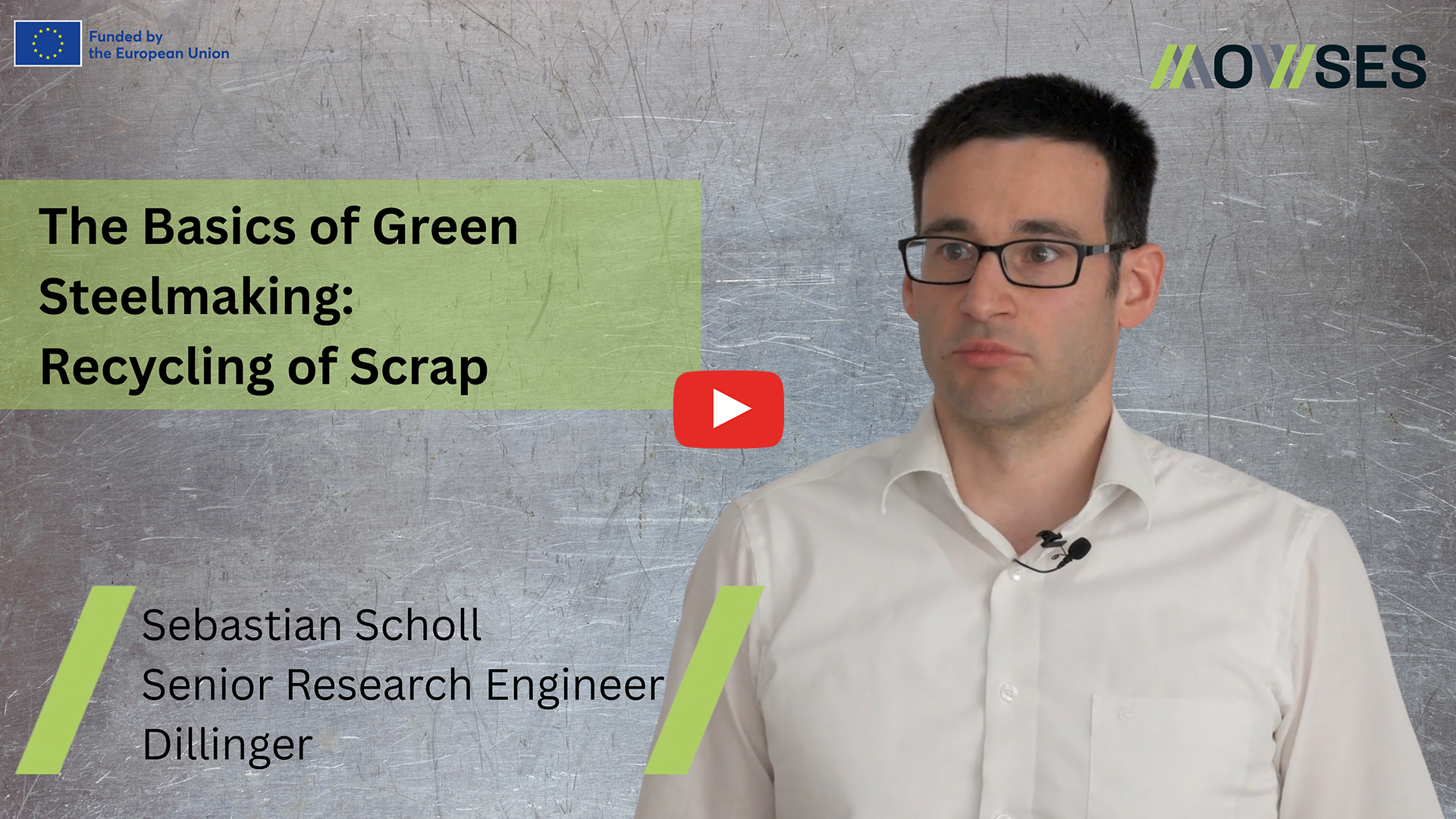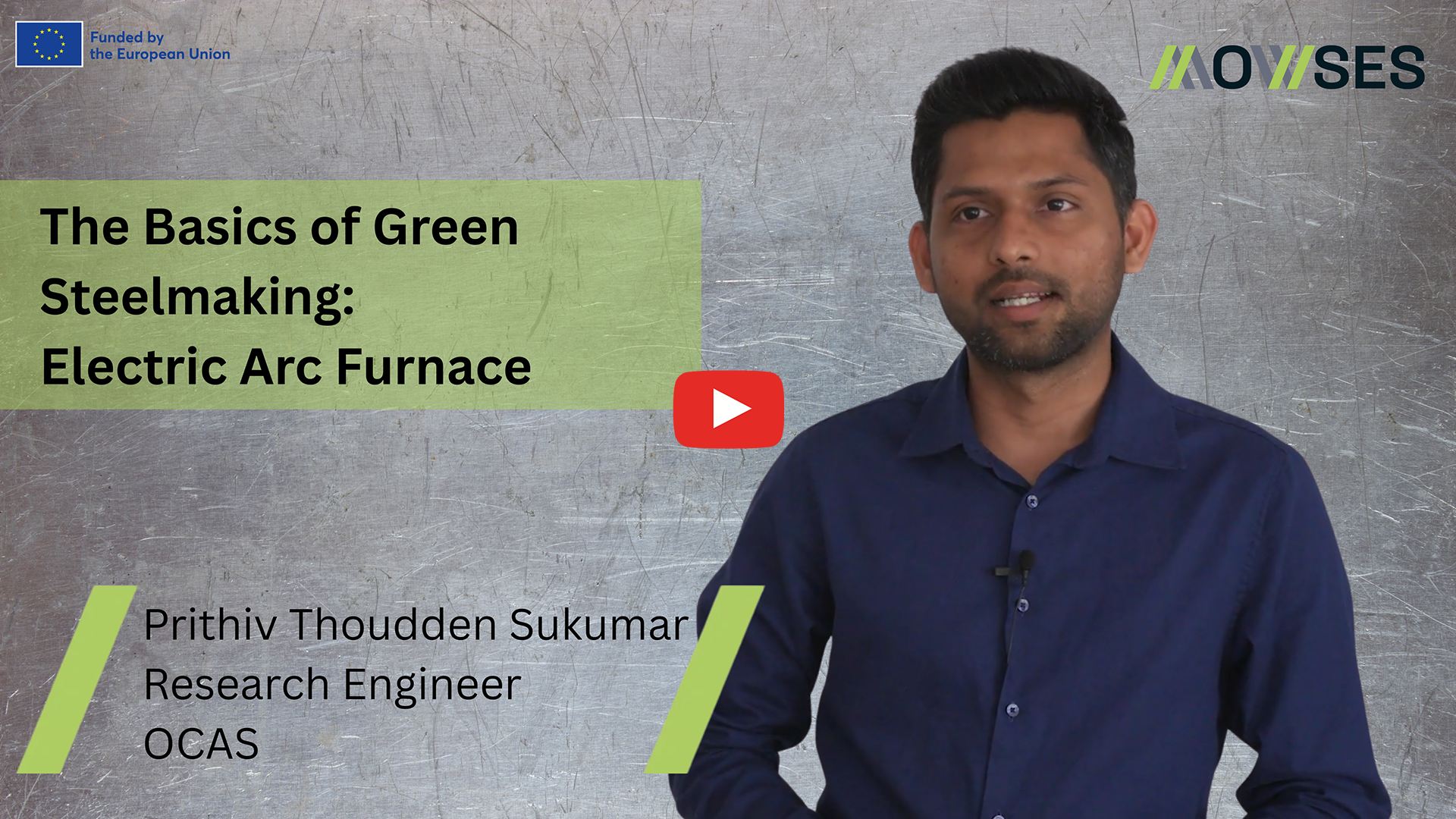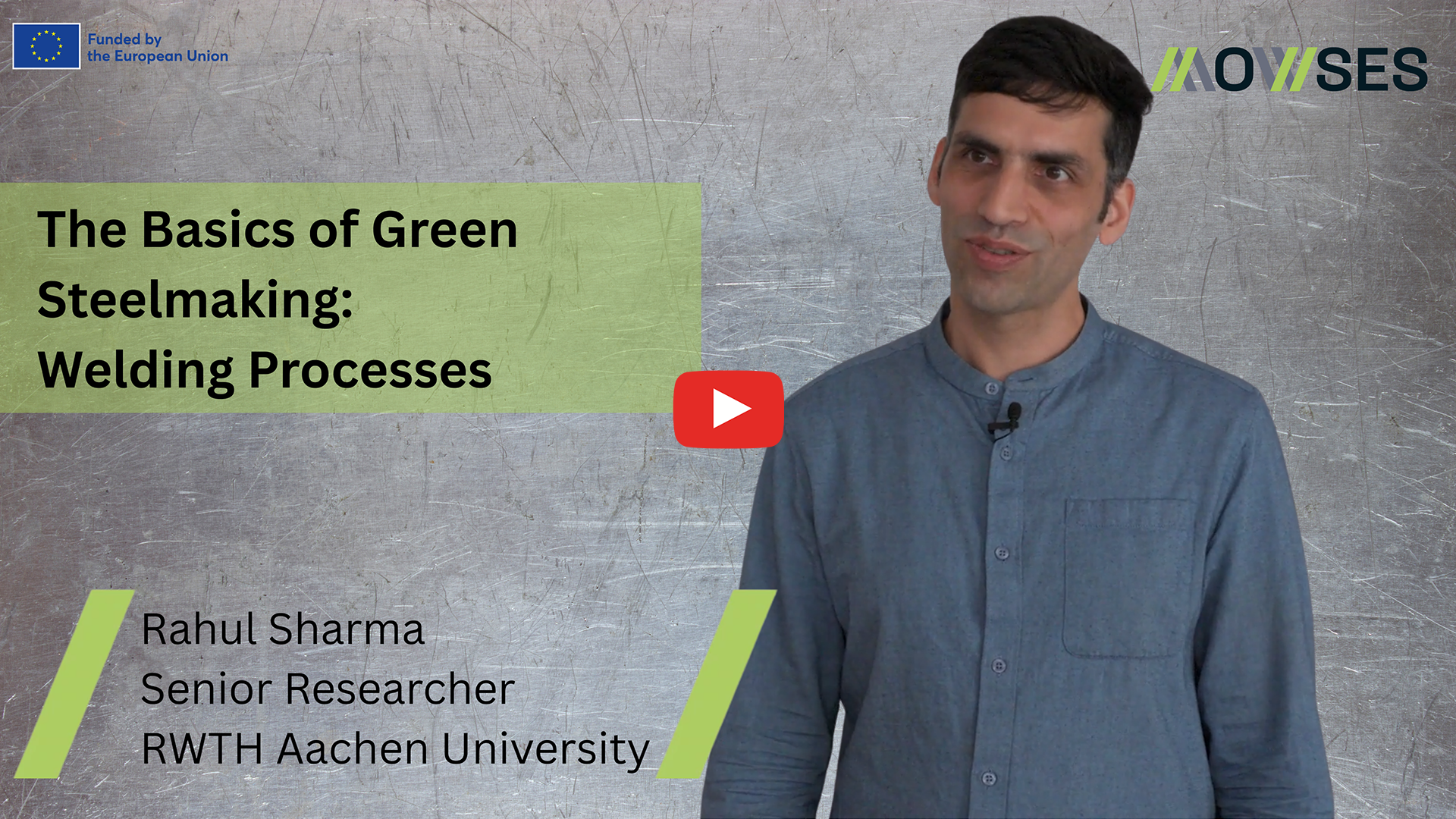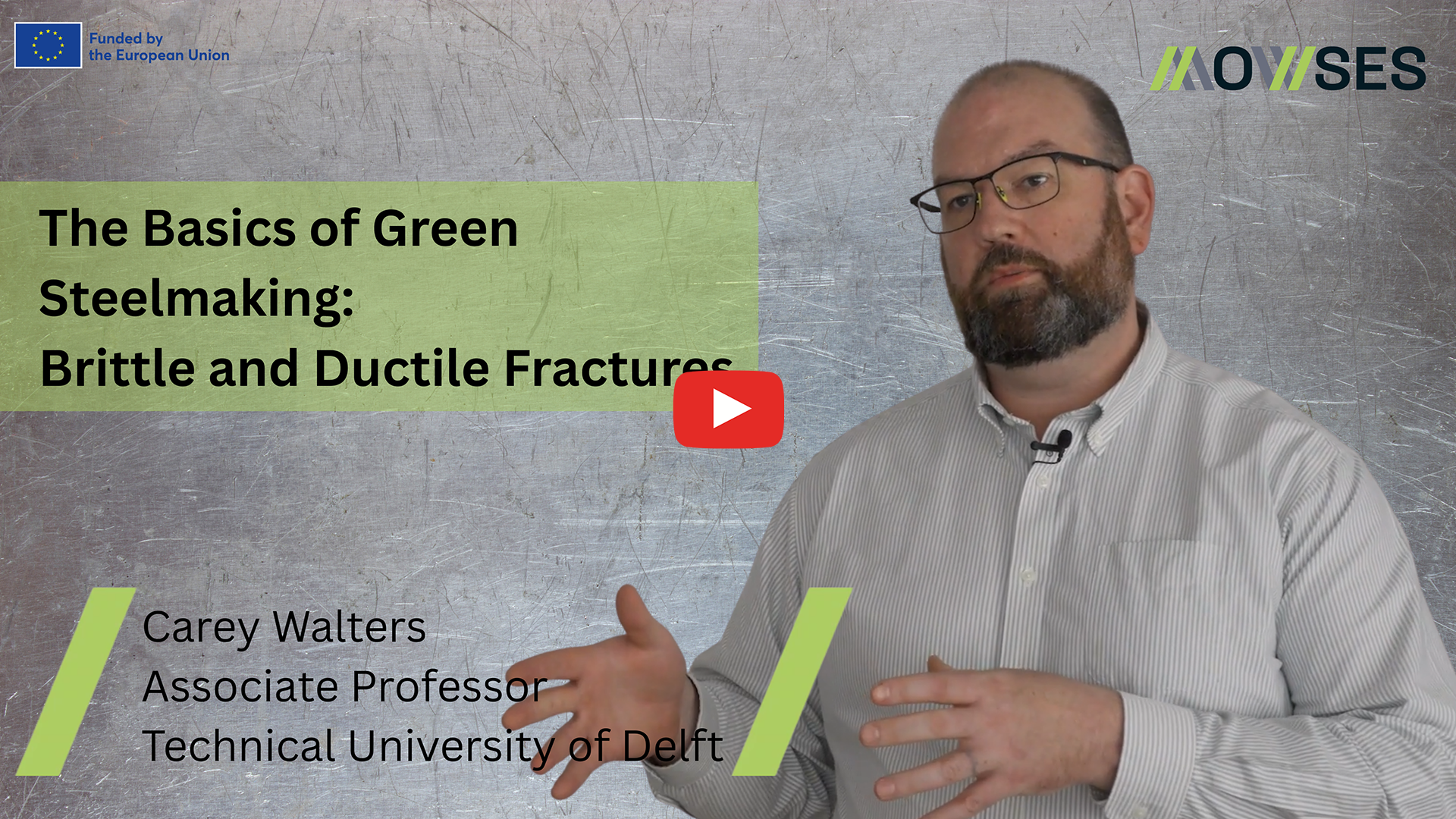Episode 1 - Traditional Steelmaking
Steelmaking is among the most polluting industries worldwide, producing millions of tons of CO₂ each year. But why does it have such a huge carbon footprint? In the first episode of The Basics of Green Steelmaking, Research Scientist Tomáš Studecký breaks down how steel is traditionally made and why the process is so energy-intensive.





